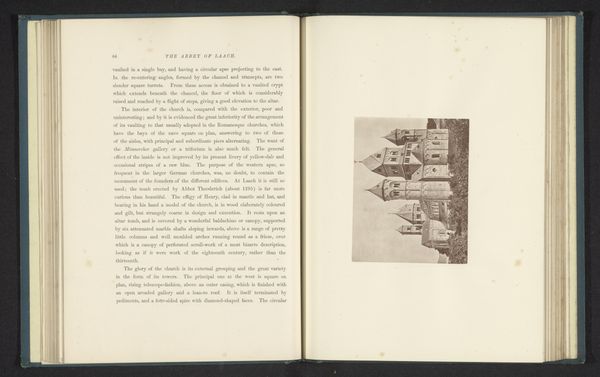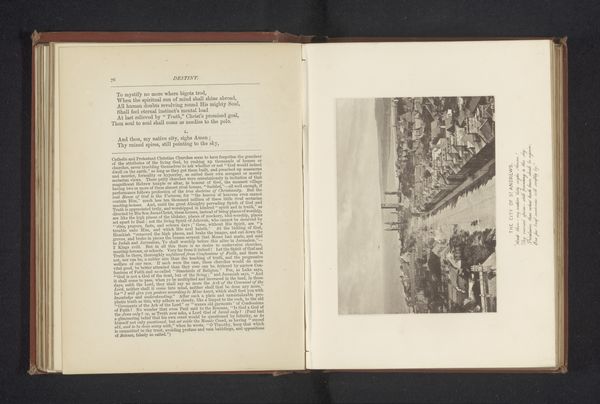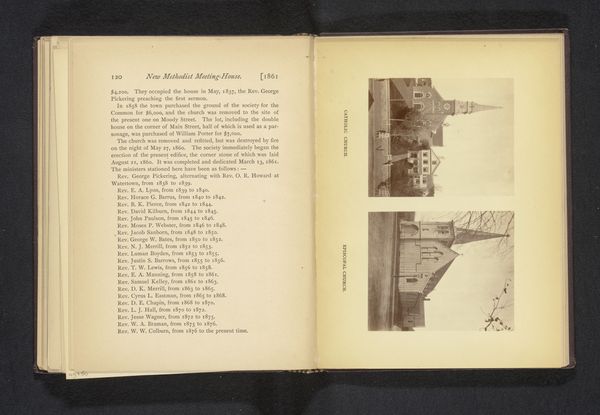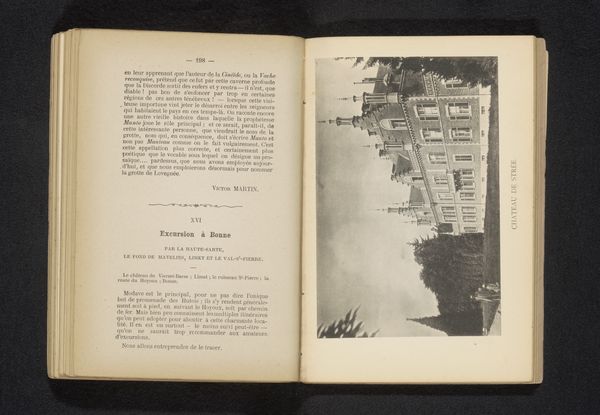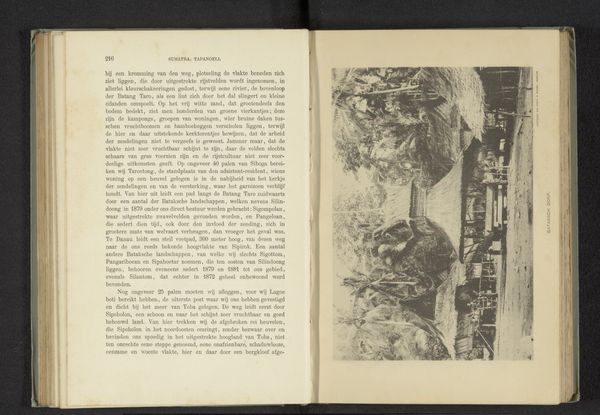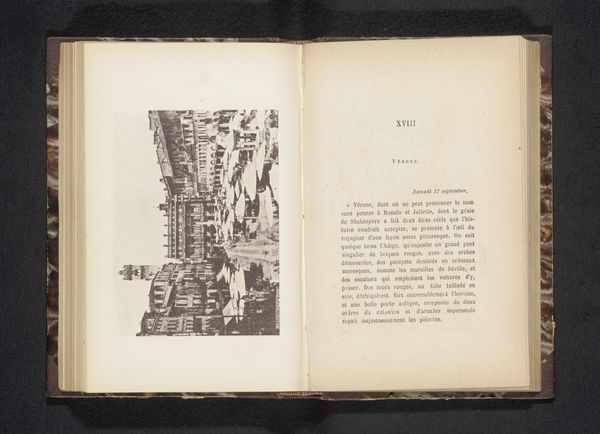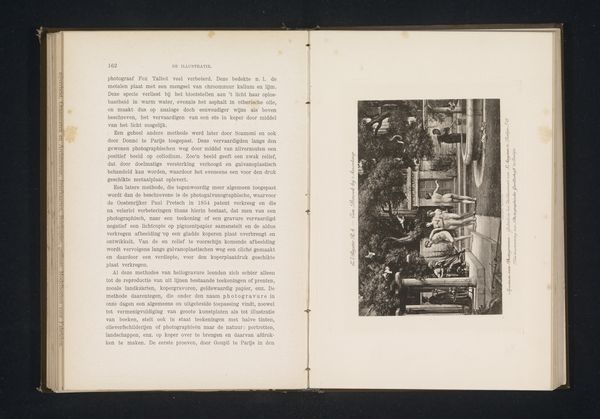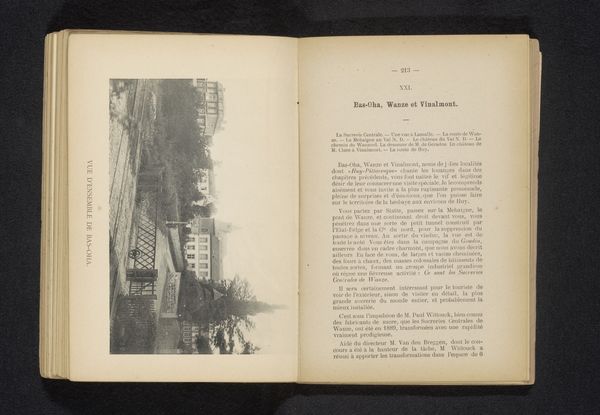
print, photography
# print
#
landscape
#
photography
Dimensions: height 88 mm, width 154 mm
Copyright: Rijks Museum: Open Domain
Curator: This photographic print, entitled "Gezicht op de haven van Sitka," offering a view of the harbor of Sitka, dates from before 1890. The image captures the port with a mix of old warehouses and open water. What's your initial impression? Editor: Immediately, there's a starkness to it. The monochrome palette gives it a historical distance, but also lends the scene a feeling of cold isolation that makes me think about colonial imposition in a space and place. The warehouses loom heavily, dominating the frame, while Sitka's cultural vibrancy feels muted. Curator: That resonates deeply. Consider Sitka's long indigenous history predating European settlement, as the visual emphasis of these structures hints at a transformation of space and a power dynamic asserted through architecture. Warehouses became the defining feature. But in what ways could Sitka transform that narrative, how can a vibrant indigenous space reimagine their place as more than a zone of resource and warehousing? Editor: Right, we’re looking at the architecture through an almost exclusively European gaze here. Those old warehouses signify colonial expansion and resource extraction, framing Sitka as merely a strategic harbor. They are heavy signifiers here, with weight for indigenous peoples. Curator: Precisely, and these physical changes often mirrored psychological ones. Symbolically, the harbor shifts from a zone of cultural exchange to one of colonial exploitation. Does that change the narrative of your interpretation? Editor: Absolutely. When we bring Sitka's indigenous legacy into focus, this image prompts critical reflection on whose history is privileged, and how even seemingly neutral landscapes can be laden with ideology. It challenges viewers to engage with multiple histories—visible and invisible—layered within this single frame. It is as much a testament to its colonizers as it is a map and archive for Indigenous narratives that survived and continued to thrive despite it. Curator: It really illustrates how art invites us to engage in constant conversation with both past and present, viewing images like this, as ever-evolving maps of our collective memory. It reminds us the space lives because those who live there breathe life into the site through cultural preservation. Editor: Agreed, it’s through this lens that historical imagery becomes truly relevant. What stories are still to be uncovered in Sitka harbor? What stories exist because of its architecture and location? What images may represent not what happened to Sitka but instead, what grew and bloomed and continue because of those events?
Comments
No comments
Be the first to comment and join the conversation on the ultimate creative platform.


